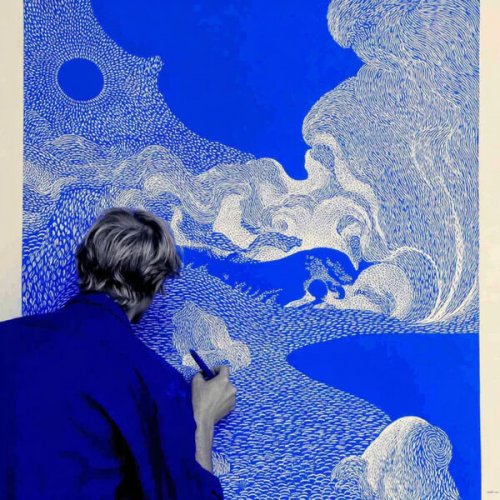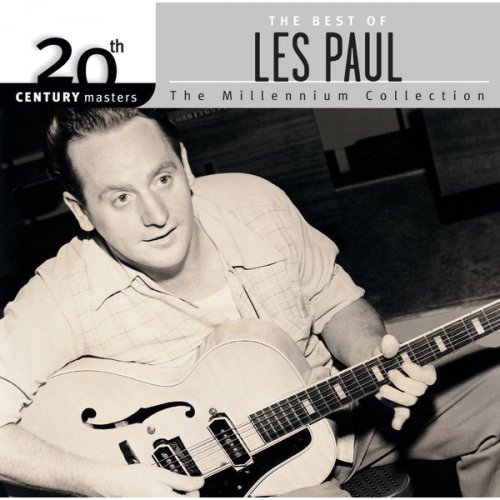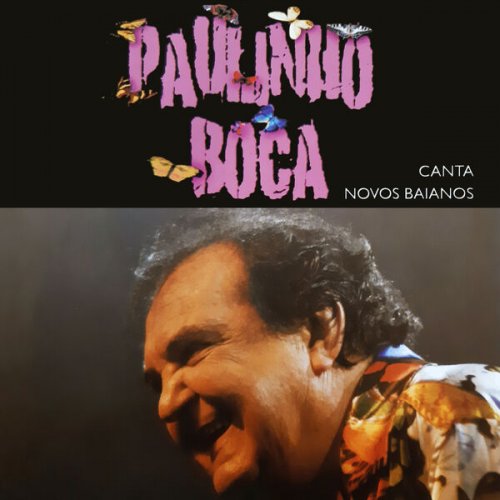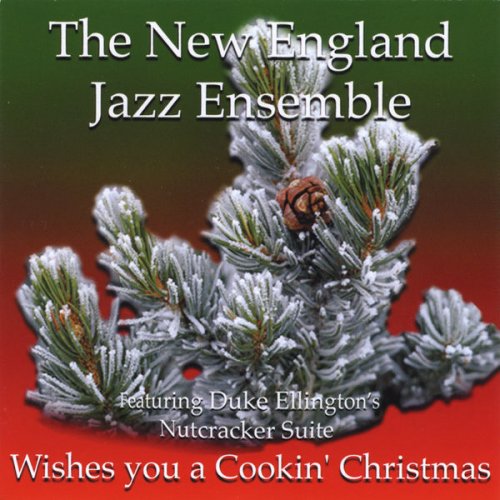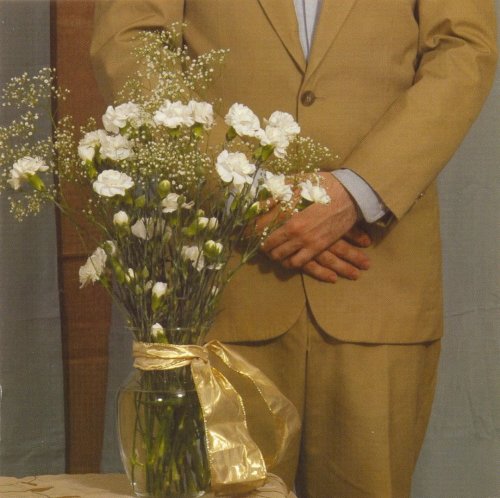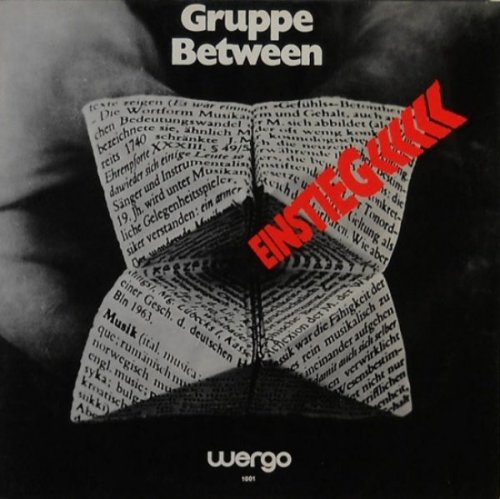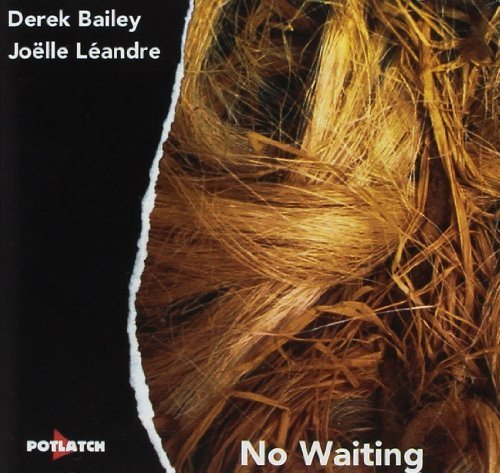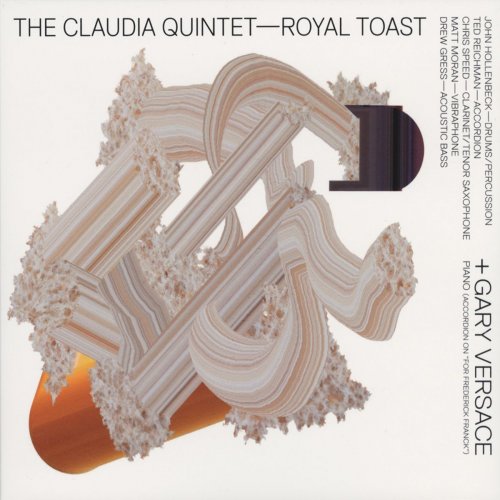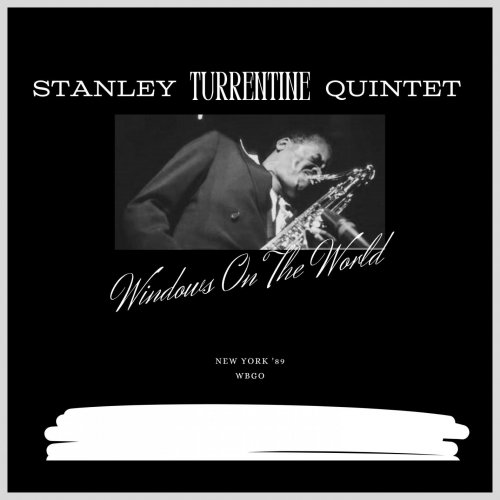Irene Cantos - Minuet. Piano Works by Mozart and Schumann (2024)
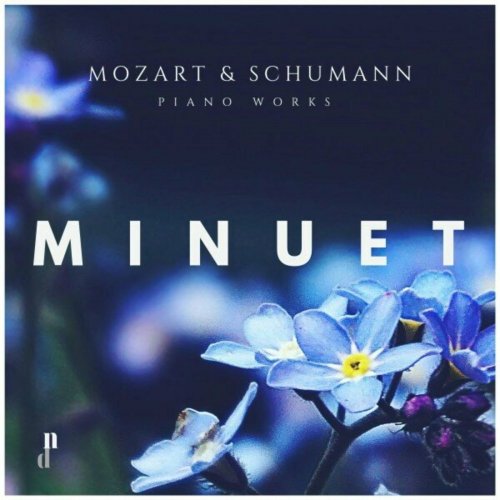
Artist: Irene Cantos, Wolfgang Amadeus Mozart, Robert Schumann
Title: Minuet. Piano Works by Mozart and Schumann
Year Of Release: 2024
Label: Novus Promusica
Genre: Classical
Quality: FLAC (tracks)
Total Time: 82:26 min
Total Size: 252 MB
WebSite: Album Preview
Tracklist:Title: Minuet. Piano Works by Mozart and Schumann
Year Of Release: 2024
Label: Novus Promusica
Genre: Classical
Quality: FLAC (tracks)
Total Time: 82:26 min
Total Size: 252 MB
WebSite: Album Preview
01. 12 Petite Pieces Pour Le Clavecin: No. 1 Andante
02. 12 Petite Pieces Pour Le Clavecin: No. 2 Larguetto
03. 12 Petite Pieces Pour Le Clavecin: No. 3 Andante Con Variationi, Theme
04. 12 Petite Pieces Pour Le Clavecin: No. 3 Andante Con Variationi, Var. I
05. 12 Petite Pieces Pour Le Clavecin: No. 3 Andante Con Variationi, Var. II
06. 12 Petite Pieces Pour Le Clavecin: No. 4 Menuetto Allegretto
07. 12 Petite Pieces Pour Le Clavecin: No. 5 Rondo Allegro
08. Preludes, Op. 28: No. 4 in E Minor
09. Mazurka, Op. 17 No. 4
10. Nocturne, Op. 9, No. 2
11. Minuet in G Major, KV. 1
12. Impromptus on a Theme by Clara Schumann, Op. 5: Theme. Ziemlich Langsam
13. Impromptus on a Theme by Clara Schumann, Op. 5: No. 1, -
14. Impromptus on a Theme by Clara Schumann, Op. 5: No. 2, Lebhafter
15. Impromptus on a Theme by Clara Schumann, Op. 5: No. 3, Sehr Präcis
16. Impromptus on a Theme by Clara Schumann, Op. 5: No. 4, Ziemlich Langsam
17. Impromptus on a Theme by Clara Schumann, Op. 5: No. 5, Lebhafter
18. Impromptus on a Theme by Clara Schumann, Op. 5: No. 6, Schnell
19. Impromptus on a Theme by Clara Schumann, Op. 5: No. 7, Tempo Des Themas
20. Impromptus on a Theme by Clara Schumann, Op. 5: No. 8, Mit Grosser Kraft
21. Impromptus on a Theme by Clara Schumann, Op. 5: No. 9, -
22. Impromptus on a Theme by Clara Schumann, Op. 5: No. 10, Lebhaft
23. 6 Lieder Ohne Worte, Op. 18 in E-Dur: I. Mäßig Und Gefühlvoll
24. 6 Lieder Ohne Worte, Op. 18 in E-Dur: II. Bewegt Und Sehr Gebunden
25. 6 Lieder Ohne Worte, Op. 18 in E-Dur: III. Innig Und Seelenvoll
26. 6 Lieder Ohne Worte, Op. 18 in E-Dur: IV. Rasch Und Feurig
27. 6 Lieder Ohne Worte, Op. 18 in E-Dur: V. Venezia. Moderato
28. 6 Lieder Ohne Worte, Op. 18 in E-Dur: Vi. Am Arno. Wiegend Und Weich
29. 10 Pieces, Op. 24: No. 7, Andantino
30. 6 Impromptus, Op. 5: No. 6, in E Major
31. 5 Klaverstykker, Op. 3: No. 1, Folktone
32. Melodía en Fa
33. Romance Variée, Op. 3
Wolfgang Amadeus Mozart was not only one of the greatest composers of the Classical period, but one of the greatest of all time. Surprisingly, he is not identified with radical formal or harmonic innovations, or with the profound kind of symbolism heard in some of Bach's works. Mozart's best music has a natural flow and irresistible charm, and can express humor, joy or sorrow with both conviction and mastery. His operas, especially his later efforts, are brilliant examples of high art, as are many of his piano concertos and later symphonies. Even his lesser compositions and juvenile works feature much attractive and often masterful music.
Mozart was the last of seven children, of whom five did not survive early childhood. By the age of three he was playing the clavichord, and at four he began writing short compositions. Young Wolfgang gave his first public performance at the age of five at Salzburg University, and in January 1762, he performed on harpsichord for the Elector of Bavaria. There are many astonishing accounts of the young Mozart's precocity and genius. At the age of seven, for instance, he picked up a violin at a musical gathering and sight-read the second part of a work with complete accuracy, despite his never having had a violin lesson.
In the years 1763-1766, Mozart, along with his father Leopold, a composer and musician, and sister Nannerl, also a musically talented child, toured London, Paris, and other parts of Europe, giving many successful concerts and performing before royalty. The Mozart family returned to Salzburg in November 1766. The following year young Wolfgang composed his first opera, Apollo et Hyacinthus. Keyboard concertos and other major works also came from his pen.
In 1769, Mozart was appointed Konzertmeister at the Salzburg Court by the Archbishop. Beginning that same year, the Mozarts made three tours of Italy, where the young composer studied Italian opera and produced two successful efforts, Mitridate and Lucio Silla. In 1773, Mozart was back in Austria, where he spent most of the next few years composing. He wrote all his violin concertos between 1774 and 1777, as well as Masses, symphonies, and chamber works.
In 1780, Mozart wrote his opera Idomeneo, which became a sensation in Munich. After a conflict with the Archbishop, Mozart left his Konzertmeister post and settled in Vienna. He received a number of commissions and took on a well-paying but unimportant Court post. In 1782 Mozart married Constanze Weber and took her to Salzburg the following year to introduce her to his family. 1782 was also the year that saw his opera Die Entführung aus dem Serail staged with great success.
In 1784, Mozart joined the Freemasons, apparently embracing the teachings of that group. He would later write music for certain Masonic lodges. In the early and mid-1780s, Mozart composed many sonatas and quartets, and often appeared as soloist in the 15 piano concertos he wrote during this period. Many of his commissions were for operas now, and Mozart met them with a string of masterpieces. Le nozze di Figaro came 1786, Don Giovanni in 1787, Così fan tutte in 1790, and Die Zauberflöte in 1791. Mozart made a number of trips in his last years, and while his health had been fragile in previous times, he displayed no serious condition or illness until he developed a fever of unknown origin near the end of 1791. ~ Robert Cummings
Mozart was the last of seven children, of whom five did not survive early childhood. By the age of three he was playing the clavichord, and at four he began writing short compositions. Young Wolfgang gave his first public performance at the age of five at Salzburg University, and in January 1762, he performed on harpsichord for the Elector of Bavaria. There are many astonishing accounts of the young Mozart's precocity and genius. At the age of seven, for instance, he picked up a violin at a musical gathering and sight-read the second part of a work with complete accuracy, despite his never having had a violin lesson.
In the years 1763-1766, Mozart, along with his father Leopold, a composer and musician, and sister Nannerl, also a musically talented child, toured London, Paris, and other parts of Europe, giving many successful concerts and performing before royalty. The Mozart family returned to Salzburg in November 1766. The following year young Wolfgang composed his first opera, Apollo et Hyacinthus. Keyboard concertos and other major works also came from his pen.
In 1769, Mozart was appointed Konzertmeister at the Salzburg Court by the Archbishop. Beginning that same year, the Mozarts made three tours of Italy, where the young composer studied Italian opera and produced two successful efforts, Mitridate and Lucio Silla. In 1773, Mozart was back in Austria, where he spent most of the next few years composing. He wrote all his violin concertos between 1774 and 1777, as well as Masses, symphonies, and chamber works.
In 1780, Mozart wrote his opera Idomeneo, which became a sensation in Munich. After a conflict with the Archbishop, Mozart left his Konzertmeister post and settled in Vienna. He received a number of commissions and took on a well-paying but unimportant Court post. In 1782 Mozart married Constanze Weber and took her to Salzburg the following year to introduce her to his family. 1782 was also the year that saw his opera Die Entführung aus dem Serail staged with great success.
In 1784, Mozart joined the Freemasons, apparently embracing the teachings of that group. He would later write music for certain Masonic lodges. In the early and mid-1780s, Mozart composed many sonatas and quartets, and often appeared as soloist in the 15 piano concertos he wrote during this period. Many of his commissions were for operas now, and Mozart met them with a string of masterpieces. Le nozze di Figaro came 1786, Don Giovanni in 1787, Così fan tutte in 1790, and Die Zauberflöte in 1791. Mozart made a number of trips in his last years, and while his health had been fragile in previous times, he displayed no serious condition or illness until he developed a fever of unknown origin near the end of 1791. ~ Robert Cummings
